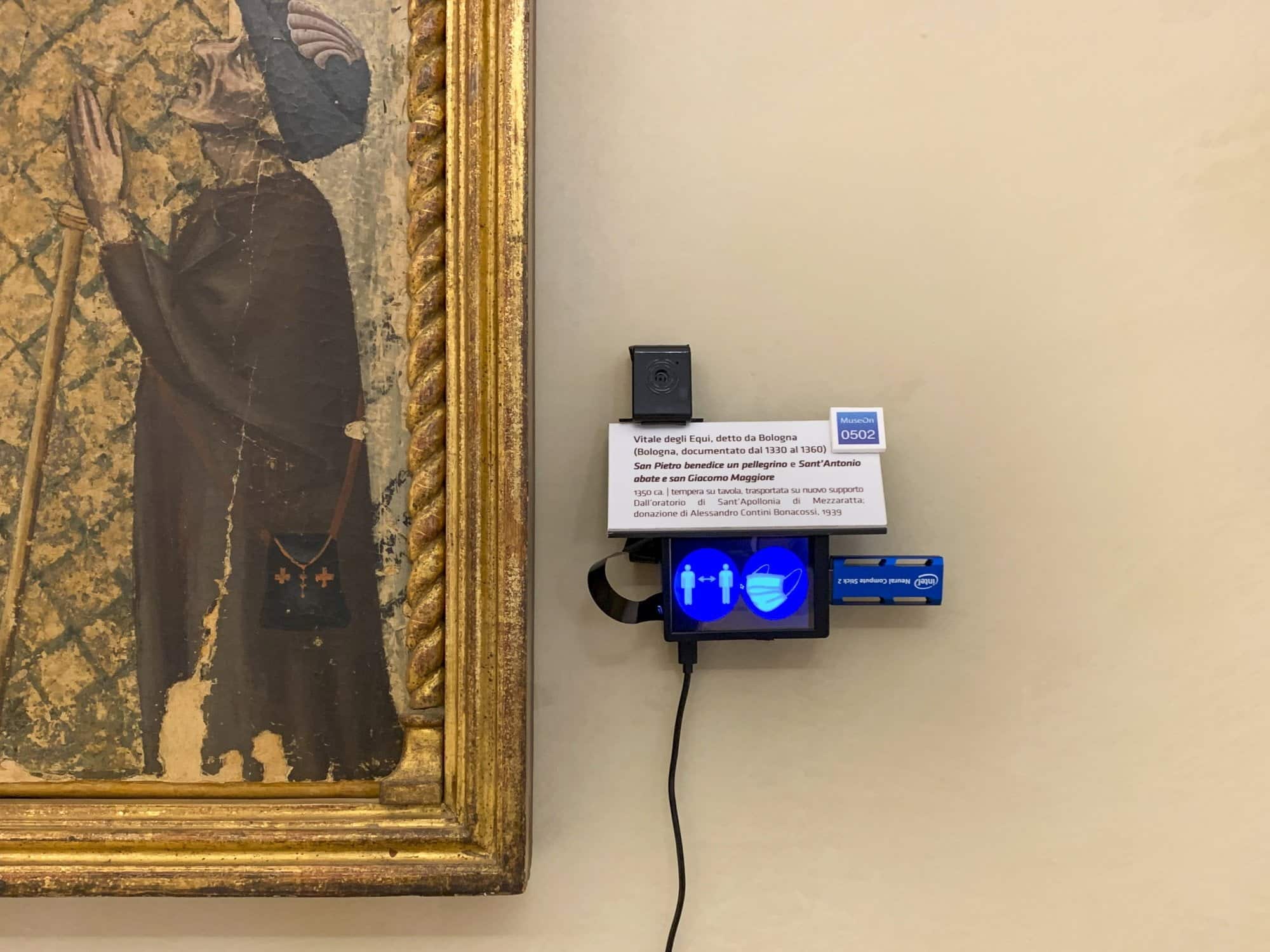In a summer that is already proving to be very troubled, Italian museums and galleries are welcoming tourists as they try to recoup some of the 190 million euros ($225 million) in revenue lost last year. A new data collection project could help curators understand which paintings and sculptures are most popular with the public.
A research team at ENEA has developed a system called ShareArt. It relies on devices that can calculate how long and how closely visitors to museums and galleries observe a work of art.
How does it work?
With the help of cameras positioned close to the work of art, the system ShareArt it absorbs data on the number of observers in a museum and their behavior. They observe them while they look at a painting, a sculpture or an artifact, also evaluating the time elapsed and the distance of observation. It was developed in 2016, but is only now being tested live.
According to ENEA researchers Stefano Ferriani, Giuseppe Marghella, Simonetta Pagnutti e Riccardo Scipinotti, this could help define the “attraction value” for specific works of art. ShareArt, in short, helps museums and galleries to change the arrangement of works and the programming of exhibitions.

The Bologna Musei project
Fourteen ShareArt devices are put to the test in a joint project with theBologna Museums Institution. The system works through a site that offers researchers the chance to test their technology on exhibitions featuring a wide range of works of various shapes, periods and sizes. And all without compromising the privacy of the observers.
Thanks to simple data processing, an observer's gaze can be translated into a graph. We can detect where most of people's attention is focused. Looking for example at Saint Sebastian aided by Saint Irene by Trophime Bigot, we realized that observers tended to concentrate not on the center of the composition, but slightly to the right of the saint's face, thanks to the play of light and shadow created by the artist's brush.
Stephen Ferriani, Aeneas
ShareArt also tracks how many customers stop at a piece of art and how long they look for. Very few works keep museum or gallery visitors “glued” for more than 15 seconds. The average observation time of only 4-5 seconds.
Unexpected results
Some of the researchers' findings were unexpected. Examining observer data from the two faces of a 14th-century diptych by Vitale degli Equi, the data showed that "attention was immediately drawn to the 'more crowded' depiction of St. Peter's blessing, on the right," he said the president of the Museums of Bologna Roberto Grandi. He was surprised to find that many visitors simply skipped over the left half of the diptych.
Does it have to do with the fact that while someone is looking at one work of art, a glimpse of another makes its way out of the corner of their eye? Or is it a question of space organization? The more data the system collects, the easier it will be to answer these questions.

Big Data, the Italian job in museums
The data could lead to changes in the lighting, display and placement of artworks in museums, to make some paintings and sculptures more visible and accessible. Let's take an example, at the National Etruscan Museum in Rome: the statue of Apollo of Veii (510-500 BC) is an amazing work, but has few visitors. A ShareArt test showed it in all its evidence: it is worthy of fleeting glances and nothing more.
The accommodation at the end of the path, he says Joseph Marghella of ENEA, may have led visitors to skip the work altogether.
If in the coming months there is no resurgence of the virus, ShareArt will be able to collect a truly remarkable amount of data in museums. When they no longer have the mask, visitors will also provide data with their facial expressions, analyzed with the principles of cognitive psychology.


